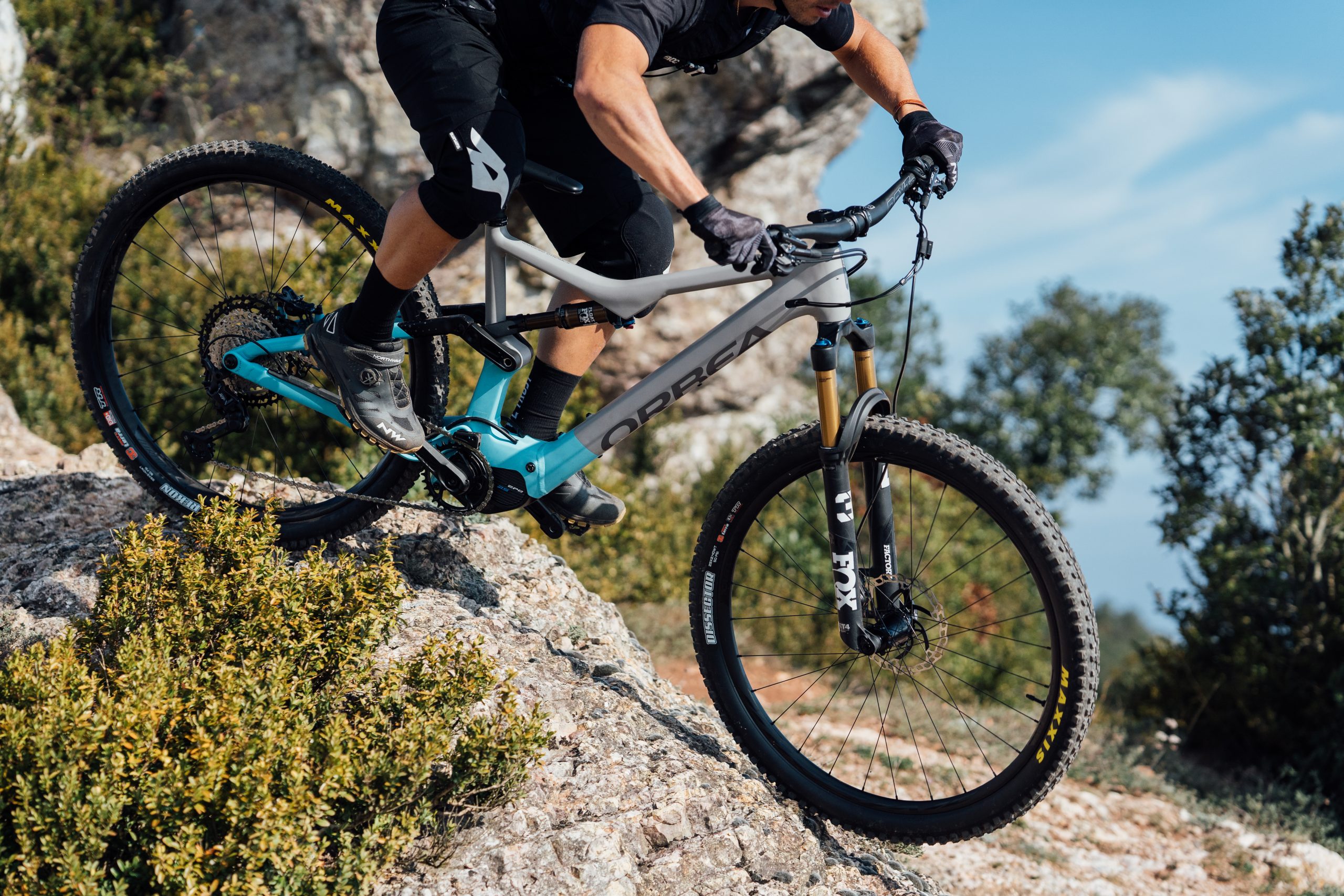

There are no quiver killers. Right? Thinking back to the origin of the term, now used liberally by skiers and mountain bikers, a quiver was a cylindrical container used for carrying a variety of arrows so that archers could have multiple tools on hand for any given job.
The translation is a little convoluted and now loosely translates to a garage, for action sports enthusiasts anyway. The question remains: can one bike be so good it eliminates the use or need for others? Essentially a multi-tool, a one-size-fits-all.
Ten years ago, enduro bikes were pretty crummy to climb on. The geometry was short and square, the suspension kinematics were flappy. They were pretty crummy to descend on too. Sure they had more travel than an XC or trail bike, but the geometry was still suboptimal and components broke a lot.
Things have changed. Modern enduro bike geometry has inspired changes through every category. Almost any enduro bike made in the past couple years is a certified shred-sled. Geometry is much better for climbing and descending, and the suspension keeps you floating along in this sector of not too cushy and not too firm.
But XC bikes have progressed just as much as enduro bikes have and at the end of the climb more travel is still more travel. This is what makes e-duro bikes so fascinating, like the 160mm Rocky Mountain Altitude Powerplay I reviewed recently. This whole article probably doesn’t make sense to you if you’re anti-e-bike, but now with so many e-bike choices, making the decision can be even more fun (or deliberate).
My last experience with an e-bike before the Powerplay was with the Specialized Turbo Levo SL. The SL weighed 42lbs; light enough not to worry about snapping the arms off of your bike rack on the way to the trailhead. The downtube was narrower, without having to house as much battery power, and the motor was also lighter and less powerful. Most of all, it looked less e-bikey and bloated than other e-bikes.
I found the Turbo Levo SL to be best suited to replacing a vehicle though, meaning that the needle on my fun-meter was well between the lines. I remember the battery being just as manageable. Since it was lighter, I didn’t need to rely on a more powerful mode for ascending. But the geometry wasn’t pushing boundaries, and neither was the build kit. To get an e-bike lighter, you have to forego parts that make a bike more capable on the descents.
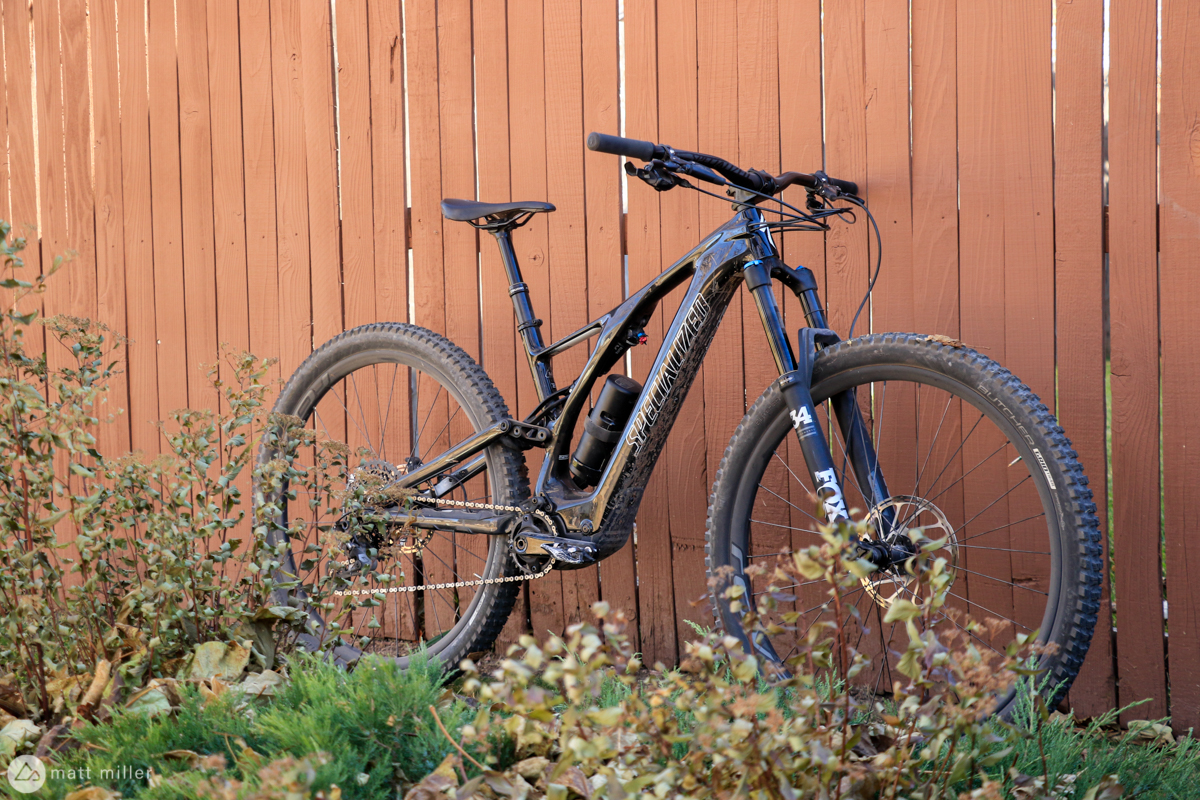

And, oohhh, were we excited when the Orbea Rise was released. It weighs as little as 36lbs! Yet, it comes standard with a Fox 34 and an inline shock, and other tradeoffs that help it achieve a lighter weight and look more like a normal mountain bike. I haven’t ridden the Rise yet, but I do think I’ve found an ideal e-bike setup in something like an Altitude Powerplay or the Norco Range VLT. Give me the Fox 38, the CushCore, the high volume air shock or coil shock — give me all the things so I feel invincible on the way down and so I know my 45lb+ bike isn’t going to break.
Of course this all depends on the rider and their given terrain. In Colorado I’m blessed (or cursed) with steep ups and steep downs. There are short travel XC e-bikes on the market like the 60mm travel, 36lb, Trek E-Caliber. My argument may be inconsiderate to the rider who is interested in this bike: maybe someone older, more risk averse, flowing along rolling Midwestern hills.
My local terrain plays a big factor in my choice too. Usually the gnarliest descents have the steepest climbs. Because I want to optimize my descent, I take a bigger bike if I can at the expense of the climb.
While more weight usually plays a negative role in determining a bike, a heavy e-bike with the right parts can make for a wicked fun descent. Low slung weight, good geometry, and planted suspension; these bikes might be 20lb heavier than we’re used to, but they don’t handle far off from traditional mountain bikes and like Kanye, their confidence is hard to shake.
With a motor, you’re really having your cake and devouring it too, like owning a 4×4 that gets 30MPG. Because the light versus heavyweight e-bike discussion has happened a few times in our meetings, I asked our tech editor Gerow what he would choose.
“I’m fortunate to live where I can ride year-round, and e-bikes fit best in my life as a rest-day tool,” he said. “I like to pedal the motorized ride a couple of days per week to give my muscles a little break while still taking a daily forest bath. With assistance I can chill-pedal, allowing for seven shreds a week. For this sort of riding, I prefer a lightweight e-bike that feels similar to my long-travel muscle-powered steed on everything but the few sections where I need a little than 140mm of squish. Since it’s largely a rest-day tool, I’m not too bothered by the occasional bottom-out. If I were to ride with a battery on my daily driver I might go for something with more power and heft for the full electrified experience.”
With every bike there are trade-offs. For every upside, a drawback. On heavyweight e-bikes, it is most literally the weight as well as the aesthetics — until batteries and motors get slimmer and lighter. On lightweight e-bikes, you’re typically sacrificing downhill performance and/or capability.
So even though there are still drawbacks on every bike, the heavyweight e-bike comes pretty close to eliminating them since the weight isn’t as apparent when you’re pedaling it. From there, you just have to tell yourself you don’t care about the beefy tubes and the appearance. For e-bikers, adopting a mindset that tunes out the opinions of others should come fairly easy.














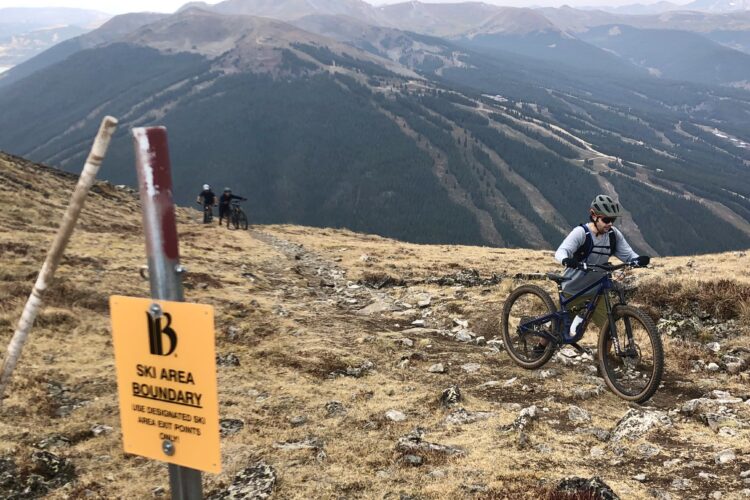


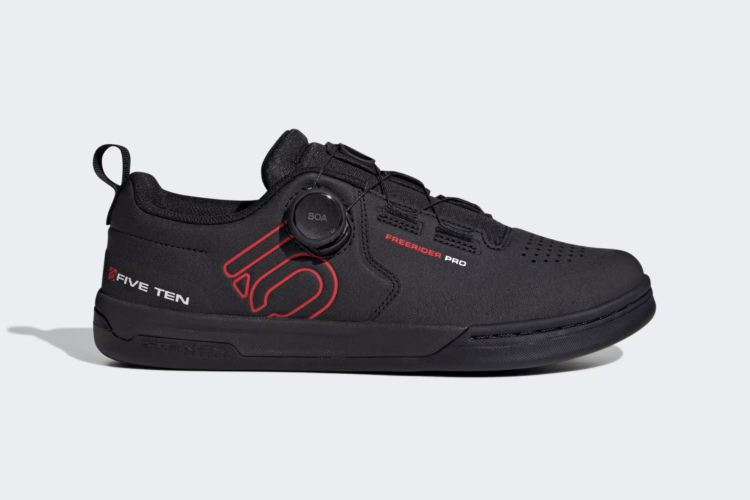
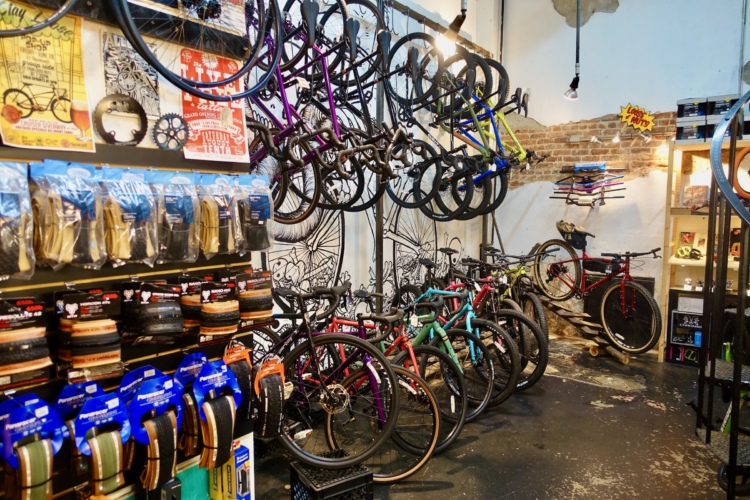


7 Comments
Mar 10, 2022
A long-travel, big battery e-bike is basically like a portable bike park. I'm having a harder time deciding what a lightweight, shorter-travel e-bike is like.
Mar 10, 2022
Mar 11, 2022
Aug 2, 2022
Mar 10, 2022
Your infatuation with gagetry, e-bikes specifically, has "jumped the shark"!
I no more want to read any more articles on the subject than I like being run off the trail by lazy pedalers engrossed in their new purchases.
Done with this mag.
Good riddance!
Aug 2, 2022
Mar 14, 2022